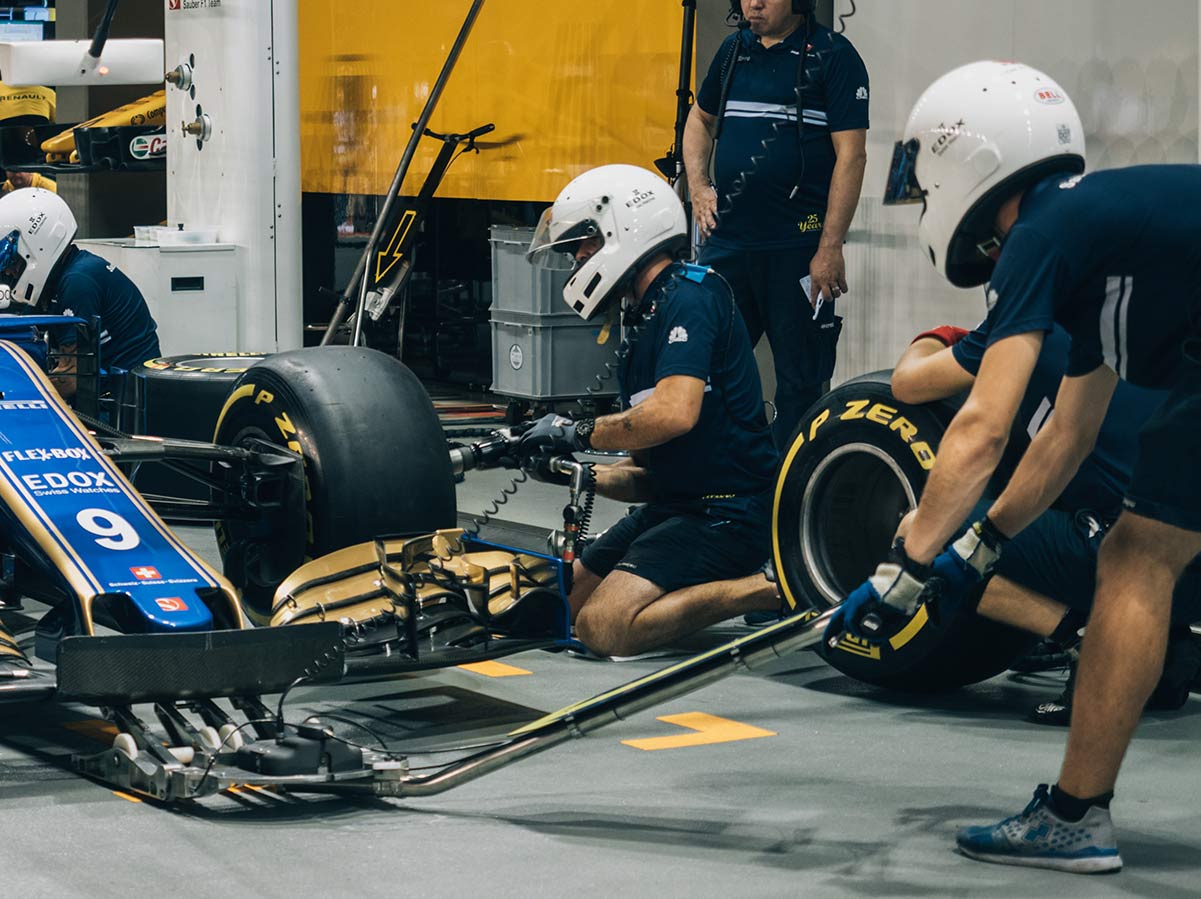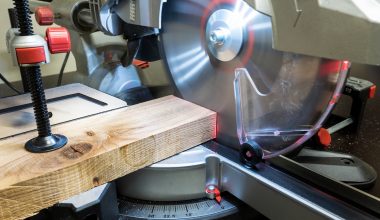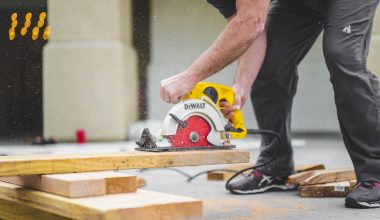Impact wrenches are a very common tool, found in every automotive repair shop. In fact, that loud whirring and hammering noise you often hear when you take your car in for a service is actually a cordless impact wrench in action.
Commonly confused with an impact driver, and impact wrench uses a ½” socket fitting on the anvil, unlike an impact driver which uses a ¼” hex female opening on the end of the tool. The ½” anvil means that an impact wrench can accept most common ½” socket fittings – allowing you to work on a wide variety of applications.
Impact wrenches primarily offer torqueing power and speed, when compared to a traditional socket spanner or even a ratchet wrench. This makes them very well suited to a wide variety of uses.
Perhaps the most common usage you’ll find to tightening wheel lug nuts. Due to their ability to torque nuts very tight, and the speed with which they can do it – they are used in auto repair shops worldwide to remove and replace wheels and tyres.
They are also a helpful tool in many high-torque assembly applications. Examples of this include construction workers assembling steel structures, and ship yards assembling critical frame structures.
How to use a cordless impact wrench?
Cordless impact wrenches are very simple to use if you know how. The first (obvious) thing to check is that your batteries are charged – there is nothing worse than having to quit a job half way through due to a drained battery.
Once you’re ready to roll, you’ll need to check what type of anvil you have on your wrench. Hog ring anvils have a small ring on the tip of the anvil, which grips the inside of the socket. The advantage of this design is that you can put your socket on in any orientation, and it is very easy to remove it and change to another size socket. That makes them very popular with auto shops.
If you have a detent pin anvil, you will see a small pin protruding from the side of the anvil on your wrench. This will only be on one side, and it aligns with the hole you’ll find in your socket. When the pin fits in the socket, it holds the socket onto the wrench much more securely. This makes this design much more popular in construction settings where owners aren’t changing sockets as much.
One important thing to remember is you can’t use normal chrome plated sockets with an impact wrench – because you’ll damage them very quickly. You need to use sockets designed especially for impact wrenches, which are made out of a different material and designed to withstand the forces exerted by the tool.
Now you are ready to go. The first thing to remember, is that impact wrenches are very powerful tools, and its surprisingly easy to damage nuts and strip threads using them. If you are loosening, place the socket over the nut and pull the trigger. We recommend hearing protection if you are using the tool extensively or near to your head, as they are loud.
When it comes to tightening, first make sure you use the correct speed and torque setting on the wrench to avoid damaging whatever you are working on. It’s very easy to do! We recommend replacing nuts or bolts in an “opposites” pattern, doing each side as a pair in order to secure the two parts squarely and align the holes. Don’t tighten things down either – get all your fixings tightened down loosely first, and then tighten them all together. This will help you to avoid misaligning any nuts or bolts.
If you don’t have an impact wrench with a torque setting – indeed most don’t – you have another option: a torque stick. A torque stick looks like an extension fitting to your impact wrench, and they come in a set certified to different tightening torques. What these accessories do is ensure the wrench tightens to the correct torque, ensuring you don’t over tighten your nut or bolt.






